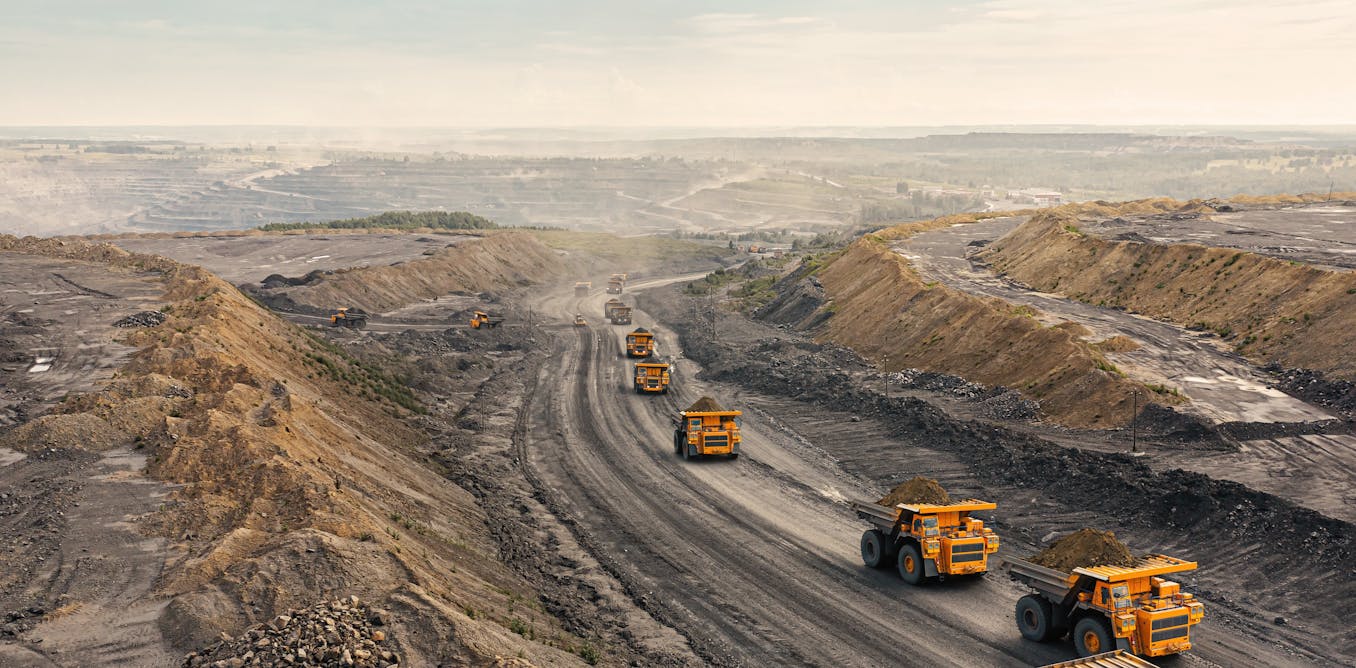
Geologists on an international subcommission recently voted down a proposal to formally recognize that we have entered the Anthropocene, a new geological epoch representing the time when massive, unrelenting human impacts began to overwhelm the Earth’s regulatory systems (the Anthropocene represents a planetary response to human forcing, not the forcing itself).
When Paul Crutzen first proposed the term Anthropocene in a moment of insight at a scientific meeting in 2000, it was not from realization that humans have been altering the functioning and geological record of the Earth, or to capture all their impacts under one umbrella term. He and his colleagues were perfectly aware that humans had been doing that for millennia. That’s nothing new.
Crutzen’s insight was wholly different. He said that the Earth system—that is, the really fundamental things like atmospheric composition, climate, all ecosystems—had recently sharply departed from the stability that they had shown for thousands of years during the Holocene epoch, a stability which allowed human civilization to grow and flourish.
The science journalist Andrew Revkin (who thought up the name “Anthrocene” even before Crutzen’s inspiration) aptly called it the “big zoom“.
There’s now no doubt about this decisive change – nor that it has left sufficient marks in recent geological layers to justify the description of the Anthropocene as a geological time unit (for such a unit must be able to be read in layers of rock millions of years from now, and not just sensed as a change in conditions). These layers abound in fallout from nuclear bomb tests, microplastics, pesticides, fly ash, the shells of invasive species and much else.

Similar graphs can be drawn for species extinction and invasion rates, or the production and spread of fly ash, concrete, plastics, and a host of other things. They show that Crutzen’s Anthropocene is real, evidence based, and represents an epoch-scale change (at least). The significance for us all, of course, is that the near-vertical recent trends in these graphs are still, for the most part, rising, zooming us into a new kind of planet. The repercussions cannot fail to last for many thousands of years – and some will change the Earth for ever.
The speed and magnitude of recent change jumps out at you. The sharp upturns are essentially Crutzen’s Anthropocene, representing the last 72 years of what has been called the “great acceleration” of population, consumption, industrialisation, technical innovation and globalisation (a more detailed way of expressing the “big zoom”).
Humans have had a long and complex impact on the planet, true. For almost all that time, they left their marks on Earth – but did not utterly overwhelm it. Less than a century ago, processes that began during the Industrial Revolution swung into overdrive. That’s the Anthropocene as an epoch. It’s real, it’s already made geology, and it won’t go away. Best to acknowledge it, to help us cope with its consequences.